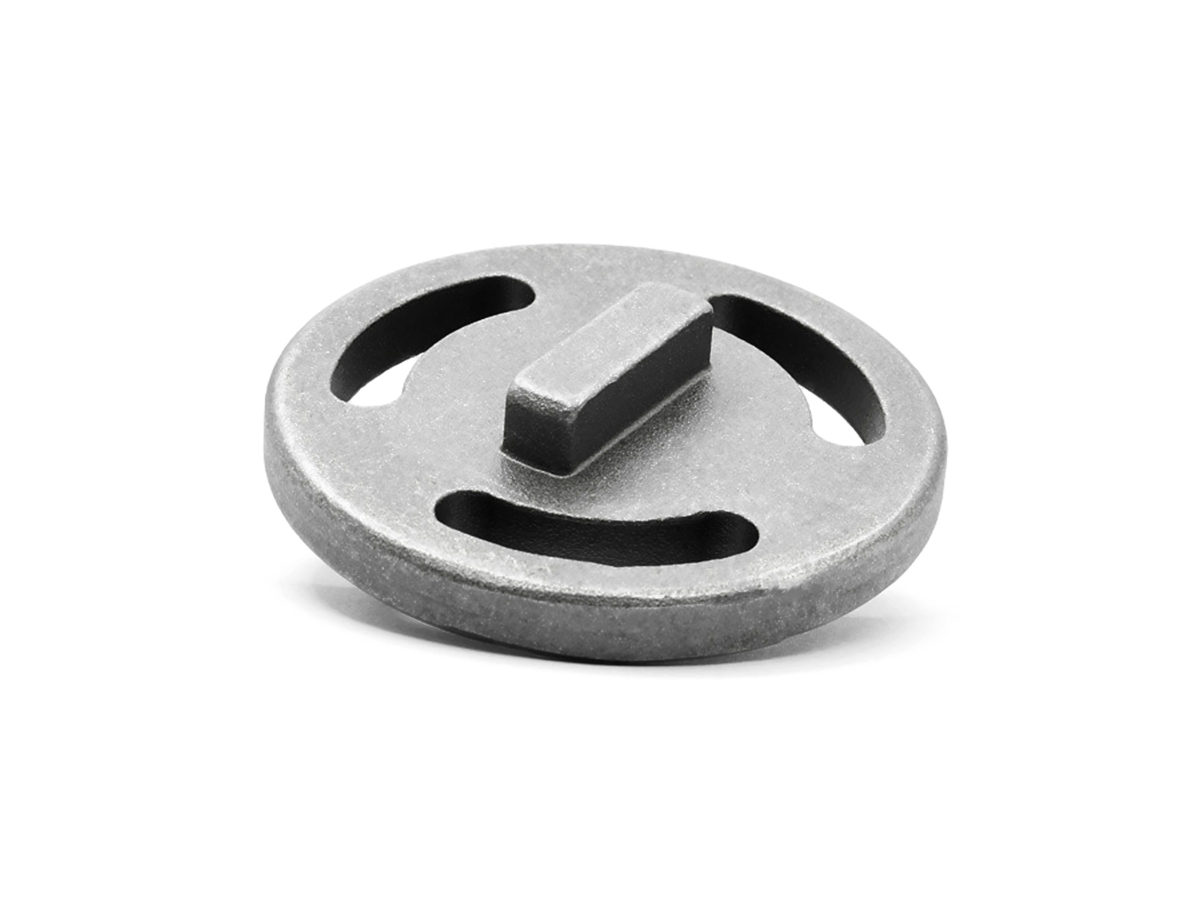Rapid Molding of Carbon Steel: Strong and Reliable Components for Industrial Applications
Introduction
Rapid molding of carbon steel delivers strong, durable, and reliable components optimized for rigorous industrial applications. Industries including industrial equipment, agricultural machinery, and automotive utilize advanced rapid molding methods to quickly produce precision parts (±0.05 mm) from carbon steel grades such as 1045 Steel, 4140 Steel, and A36 Steel.
Carbon steel rapid molding accelerates production, enhances part quality, and significantly reduces development timelines, making it ideal for demanding industrial environments.
Carbon Steel Material Properties
Material Performance Comparison Table
Carbon Steel Grade | Tensile Strength (MPa) | Yield Strength (MPa) | Hardness (HRC) | Density (g/cm³) | Applications | Advantages |
|---|---|---|---|---|---|---|
570-700 | 310-450 | 16-22 | 7.85 | Shafts, gears, mechanical parts | Good machinability, moderate strength | |
950-1100 | 650-700 | 28-32 | 7.85 | High-stress components, heavy-duty parts | Excellent toughness, high fatigue resistance | |
400-550 | 250 | 10-16 | 7.85 | Structural parts, brackets, frames | Cost-effective, good weldability | |
380-450 | 205-280 | 8-12 | 7.87 | General-purpose parts, low-stress applications | High formability, economical |
Material Selection Strategy
Selecting the right carbon steel grade for rapid molding depends on mechanical strength, toughness requirements, and application conditions:
1045 Steel: Preferred for moderate-strength mechanical parts, offering tensile strengths of 570-700 MPa; excellent machinability makes it suitable for gears, shafts, and mechanical assemblies.
4140 Steel: Recommended for demanding industrial applications requiring high tensile strengths (up to 1100 MPa), superior toughness, and excellent fatigue resistance for heavy-duty parts.
A36 Steel: Optimal choice for structural or low-cost applications needing reliable strength (400-550 MPa tensile) and good weldability, commonly used for frames, brackets, and supports.
1020 Steel: Ideal for general-purpose molded components where cost efficiency and formability are priorities, suitable for low-stress industrial applications.
Rapid Molding Processes for Carbon Steel Components
Rapid Molding Process Comparison
Rapid Molding Process | Accuracy (mm) | Surface Finish (Ra µm) | Typical Uses | Advantages |
|---|---|---|---|---|
±0.1 | 1-6 | Precise mechanical components, gears | Excellent accuracy, fine surface details | |
±0.3 | 10-25 | Large industrial parts, heavy equipment components | Economical, flexible for complex geometries | |
±0.05 | 0.8-3.2 | High-volume industrial components, mechanical fittings | High precision, suitable for mass production |
Rapid Molding Process Selection Strategy
Choosing the appropriate molding process involves evaluating part size, accuracy needs, complexity, and production volume:
Investment Casting (ASTM A216): Ideal for precision mechanical components and intricate geometries requiring tight dimensional tolerances (±0.1 mm) and superior surface finish; often used in complex gears and industrial valves.
Sand Casting (ASTM A27): Cost-effective for low-volume production of large or complex structural components requiring moderate accuracy (±0.3 mm), frequently used in heavy equipment and agricultural machinery.
Die Casting (ASTM A732): Optimal for high-volume industrial components demanding high dimensional accuracy (±0.05 mm) and consistent mechanical properties, ideal for smaller fittings and connectors.
Surface Treatments for Carbon Steel Components
Surface Treatment Comparison
Treatment Method | Surface Roughness (Ra µm) | Corrosion Resistance | Hardness Increase (HRC) | Applications | Key Features |
|---|---|---|---|---|---|
0.8-3.2 | Moderate (MIL-DTL-13924) | None | Industrial machinery parts, hardware | Corrosion resistance, aesthetic finish | |
1.6-3.2 | Good (ASTM D769) | Slight surface hardness improvement | Gears, mechanical fittings | Enhanced surface wear resistance | |
0.4-1.2 | Good (AMS 2759/10) | 55-65 | Gears, shafts, precision parts | Significant increase in surface hardness | |
5-10 | Excellent (ASTM A123) | None | Outdoor structural parts, industrial components | Excellent corrosion protection |
Surface Treatment Selection Strategy
Proper surface treatments extend the lifespan, enhance performance, and improve the reliability of carbon steel components in industrial applications:
Black Oxide Coating: Ideal for general industrial components needing moderate corrosion resistance (MIL-DTL-13924) and an attractive finish commonly applied to hardware and machinery parts.
Phosphating: Recommended for components requiring enhanced wear resistance, corrosion protection, and adherence to ASTM D769; frequently used for gears and mechanical assemblies.
Nitriding: Optimal for precision mechanical components needing significant surface hardness improvement (55-65 HRC) per AMS 2759/10 standards, suitable for high-stress applications like gears and shafts.
Galvanizing: Best for outdoor and structural industrial components, offering robust corrosion resistance (ASTM A123), commonly used in agriculture and heavy machinery.
Typical Prototyping Methods
Rapid Molding Prototyping: Rapidly produces high-quality prototypes (±0.05 mm) ideal for functional validation and industrial trials.
Carbon Steel CNC Machining: Precisely finishes components to tight tolerances (±0.005 mm), crucial for final mechanical adjustments and precision fitments.
Carbon Steel 3D Printing: Enables rapid creation of complex geometries (±0.1 mm accuracy) for initial functional and structural validation.
Quality Assurance Procedures
Dimensional Inspection: Precision verification using CMM to ±0.002 mm (ISO 10360-2).
Mechanical Testing: Tensile testing according to ASTM E8, ensuring mechanical reliability.
Hardness Testing: Verification of hardness compliance (HRC scale) per ASTM E18.
Surface Roughness Evaluation: Profilometry analysis meeting ISO 4287 standards.
Corrosion Resistance Tests: Salt spray testing exceeding 500 hours per ASTM B117.
NDT Inspections: Ultrasonic (ASTM E2375) and radiographic tests (ASTM E1742) to ensure internal component integrity.
ISO 9001 Compliance: Rigorous adherence to quality management standards ensuring consistent component quality.
Key Industry Applications
Industrial machinery and equipment
Agricultural machinery components
Heavy-duty automotive parts
Structural support systems
Related FAQs:
What are the advantages of rapid molding carbon steel parts?
Which carbon steel grades are best for industrial applications?
How does surface treatment improve carbon steel parts?
Which rapid molding process is optimal for large industrial components?
What quality assurance standards are followed for molded carbon steel?

